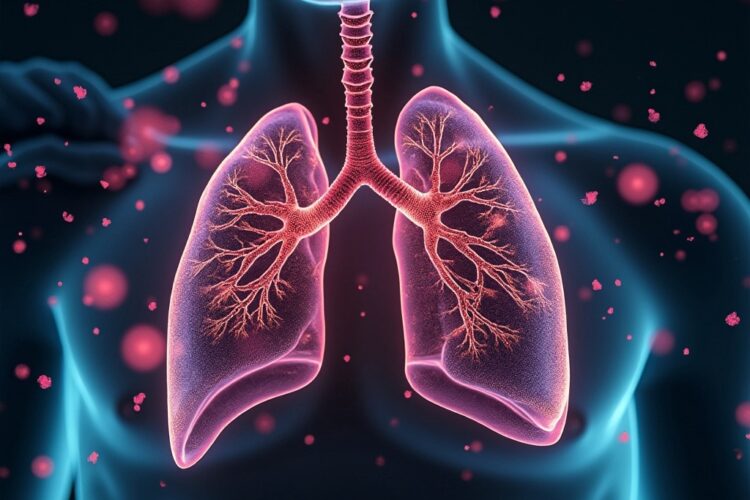A recent study found microplastics in all regions of human lungs, suggesting inhalation as a potential route of exposure. This raises concerns about potential health effects and the need for further research.
Long Version
Microplastics are tiny plastic particles that have become a major concern for the environment and human health. These particles are less than 5 millimeters in size and can be found in various forms, such as microfibers, microbeads, and micro fragments. They are known to enter the human body through different routes, including ingestion, dermal exposure, and inhalation. A recent study published in the journal “Environment International” revealed that microplastics have been found in all regions of human lungs, and suggest that inhalation could be a potential route of exposure.
The Study
The study was conducted by a team of researchers from Italy who analyzed lung tissue samples from four deceased donors. The samples were collected from individuals who had no known occupational exposure to microplastics. The researchers used μFTIR (micro-Fourier Transform Infrared Spectroscopy) analysis to identify the presence of microplastics in the lung tissue.
The Findings
The study found that all of the lung tissue samples contained microplastics. The researchers identified different types of microplastics, including polypropylene and polyethylene terephthalate fibers, which were the most abundant. The study also found that the presence of microplastics was more prominent in the outer lung tissues compared to the inner tissues.
Implications for Human Health
The findings of this study raise concerns about the potential health effects of microplastics in the human body. Inhalation is a potential route of exposure to microplastics, and the study suggests that microplastics can enter the lungs and potentially cause damage to lung tissue. Additionally, the study’s findings may have implications for individuals who are exposed to higher levels of microplastics due to their occupation or lifestyle.
Future Research
The study’s authors suggest that further research is needed to better understand the potential health effects of microplastics in the human body. More studies are needed to determine the sources and types of microplastics that are entering the body through inhalation. Furthermore, research is needed to determine the potential long-term health effects of microplastics in the body.
Conclusion
Microplastics have become a significant environmental and health concern. The recent study published in the journal “Environment International” has revealed that microplastics have been found in all regions of human lungs, and suggest that inhalation could be a potential route of exposure. The study’s findings highlight the need for further research to better understand the potential health effects of microplastics in the human body. Additionally, the findings suggest the importance of reducing the use of plastics and increasing awareness about the potential dangers of microplastics to human health and the environment.
Words Worth Noting
microplastics, human lungs, inhalation, health effects, research, study, μFTIR, polypropylene, polyethylene terephthalate, microfibers, microbeads, micro fragments, environment, occupational exposure, potential route, lung tissue, outer lung tissues, long-term effects, sources, awareness, reducing plastic use
Hashtags For Social Media
#microplastics #humanlungs #healtheffects #research #inhalation #study #μFTIR #polypropylene #polyethylene terephthalate #microfibers #microbeads #microfragments #environment #occupationalexposure #potentialroute #lungtissue #outerlungtissues #longtermeffects #sources #awareness #reducingplasticuse






